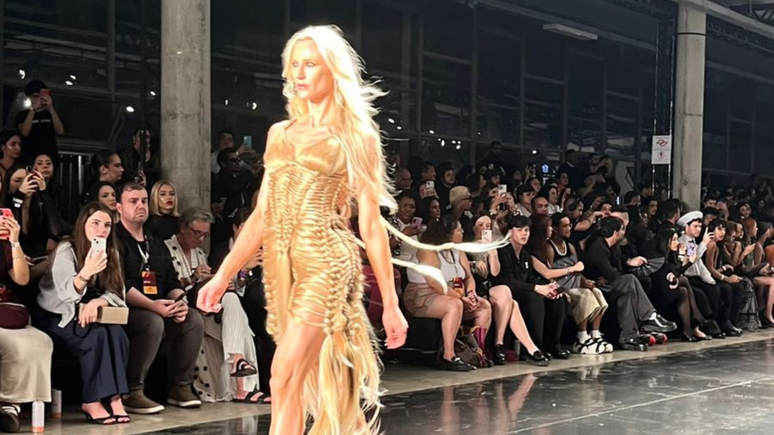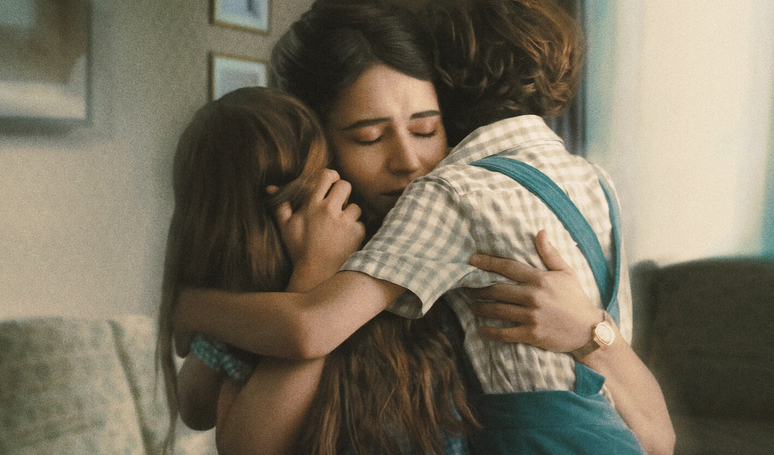What if we told you that a free bread basket can only be found in a mousetrap?
There are many ways to describe a lunch with children in the food court or a romantic dinner in a restaurant, but it is unlikely that the phrase “psychological warfare” will be the first one that comes to mind. In the meantime, it is perhaps a quite apt metaphor when it comes to the methods they use to lure you for a few hundred or even thousands of extra rubles.
Today we are going to tell you about clever ways that make you spend more than you planned – these are tricks often used in cafes and restaurants.
Free bread basket
TikTok user @Cowgirl.Crystal shared this hack to increase restaurant profits – according to the girl, it’s all about… sugar. “They serve you a basket of bread and you eat it while studying the menu. As a result, your glucose level rises, you get very hungry and make choices in this state,” she explains. Bowls of nuts and chips in bars work the same way: salt makes us thirsty and we order more alcohol.
Self-service cash registers
They’re pretty convenient, right? However, research shows that such screens actually make customers spend 10% more than they would when they order at the register. “One hundred percent of the time, they’ll try to upsell you on a larger portion, offer to add a side dish, sauce or drink you didn’t plan on buying, or offer to customize the dish that increases the cost – and you’ll agree to something,” says analyst Andy Barish.
ADVERTISEMENT – CONTINUED BELOW
Menu design










